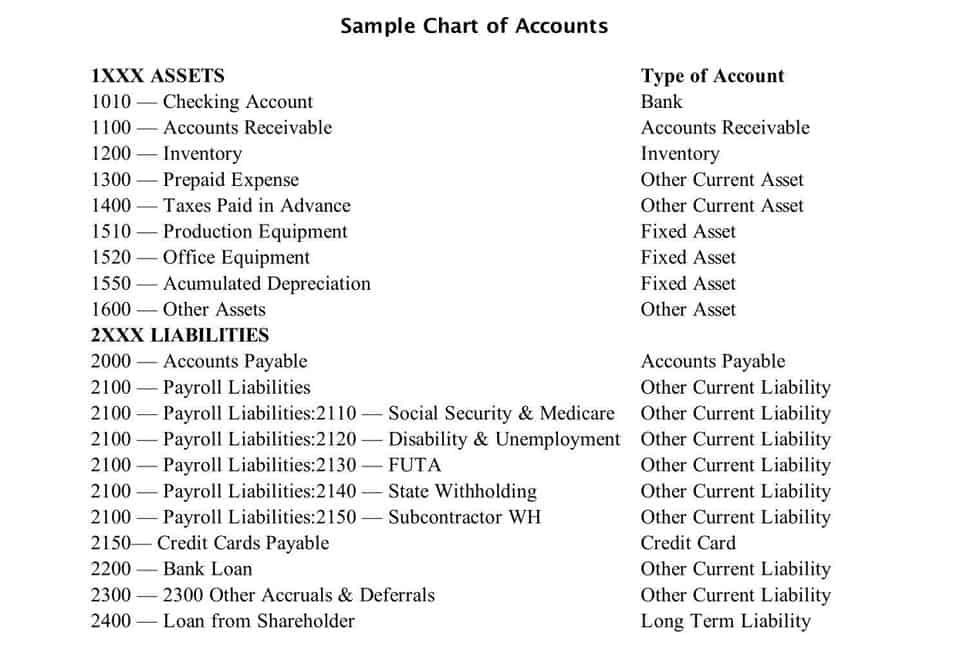
Total outstanding shares represent the number of shares of a company’s stock that are currently held by all its shareholders, including institutional investors, company insiders, and the public. The company has issued these shares, and are in the hands of investors who may buy and sell them on the open market. It’s worth noting that a company’s basic number of shares outstanding can differ from its common stock outstanding formula fully diluted number of shares. The fully diluted number of shares indicates how many outstanding shares there could potentially be if all existing equity instruments were converted into common stock. The issuance of common stock cannot be more than the authorized number but can give less than the number of authorized shares. So, in this case, the number of shares issued is equal to the company’s outstanding shares.

How to Derive Outstanding Shares

Common shareholders are the last ones to get any compensation during trial balance the company’s bankruptcy. A company may announce a stock split to increase the affordability of its shares and grow the number of investors. For instance, a 2-for-1 stock split reduces the price of the stock by 50%, but also increases the number of shares outstanding by 2x.
How Outstanding Shares Work

Stock buybacks, for instance, reduce the number of outstanding shares, potentially boosting the company’s earnings per share (EPS) and making each share more valuable. If you are an investor, this figure will enable you to determine how a company has performed on a per-share basis compared to the competition within the industry. It is a much better analysis option, instead of depending on the share price, which is dynamic and subject to constant market fluctuations. Issuing common stock is recorded as a credit to the common stock account and a corresponding debit to the cash or other asset account received in exchange for the shares.
- The number of shares outstanding consists of shares held by institutions, restricted shares held by company insiders, and shares available for investors to buy and sell on the open market.
- The number of shares of common stock outstanding is shown in the stockholders’ equity section of the balance sheet.
- If there is a difference between the number of shares issued and outstanding, the difference is treasury stock.
- If it is positive, it means the business will survive for a long time.
What Are Outstanding Shares?
The shares can be grouped according to the length of time that they were outstanding. In this case, group 1 consists of 100,000 shares that were outstanding for the entire year, while groups 2 and 3 are included in the 20,000 shares issued on 1 April. Different scenarios for calculating the weighted average of outstanding shares are shown in the following examples.
In contrast, if it is negative, it means the business has a short life span or cannot survive in the long term. For the survival of a business, assets should be more than liabilities. In fact, a trailing EPS is calculated using the previous four quarters of earnings. Diluted EPS, which accounts for the impact of convertible preferred shares, options, warrants, and other dilutive securities, was $1.56.
